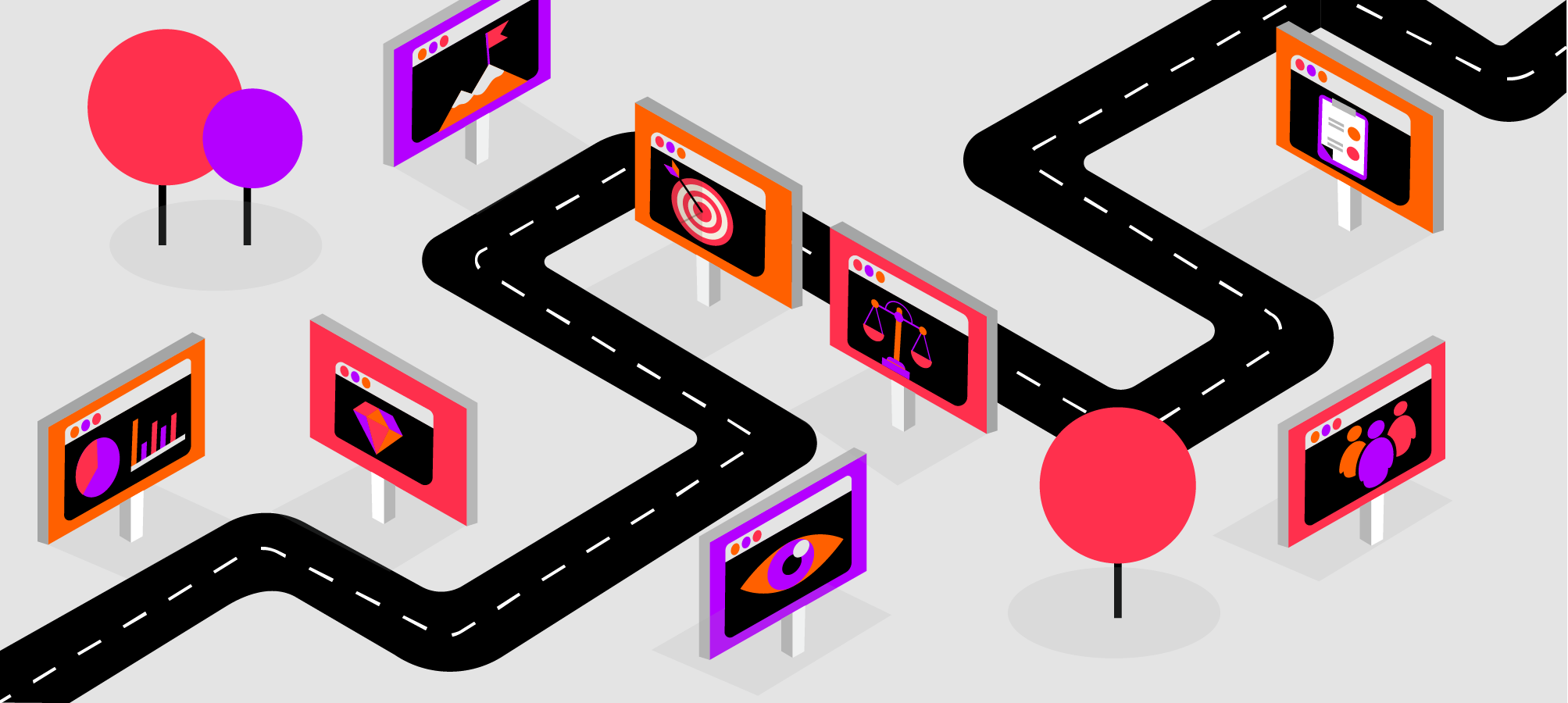6 User Experience Design Trends for 2020

At the beginning of each new year designers are looking at the UX design trends that could help them improve the digital products they’re working on. Some of the so called ‘trends’ that we see are actually well-known best practices, some are revived from previous year(s), and some emerged from the latest changes in user behavior, device usage, etc.
Among all these trends, it is important for designers to figure out what’s useful and what’s useless for their practice. Here we listed what we believe will be the key User Experience Design trends for 2020 to help you focus and shape more memorable and enjoyable user experiences.
UX writing, storytelling, and other forms of human-centered writing
UX writing is not new, but it really came into focus in the past two years. Going into 2020, we can say that UX writing has become a standard and that the need for UX writers will only grow. This is a good thing since words have been extremely undervalued in UX/UI design in the bigger part of the past decade - text simply wasn’t perceived as a key part of the design.
This year, we’ll see more companies placing more value on context in design and hiring exceptional UX writers to differentiate how their digital products communicate and connect with users, both visually and through words.
Companies that invest in UX writing typically see strong ROI, minimizing product abandonment and helping users achieve their goals.
In 2020, storytelling will also be an important part of how digital products guide users through their experience, helping them take the next step. A good story can make the user feel ‘at home’ when interacting with your digital product, making their journey run more smoothly. This year we’ll see more companies trying to develop narratives that their customers can relate to, seeing themselves as the hero of the story that a digital product conveys.
Designers as facilitators of value
The term ‘value’ in the context of UX design can be a bit elusive since it means different things to different people. Value is in the eye of the beholder and it’s the UX designer’s job to understand what their users perceive as valuable and to deliver that through UXD. After all, if user experience delivers value to the user it will deliver value to the business.
Value-centered UX design bridges the gap between user needs and business goals and we expect it to emerge as one of the main UX design trends in 2020.
This means that designers will test, iterate, and improve their designs until they make sure they’re helping users achieve their goals while meaningfully improving key business metrics. In other words, UX designers will focus more on designing for outcomes.
Delivering value means providing experiences that matter.
From ‘unicorn designers’ to UX teams
It’s finally happening - fewer companies are looking for ‘unicorns’ and ‘rockstar designers,’ both damaging labels that come with unrealistic expectations. Design teams are growing to cultivate and enforce a proper company-wide UX practice.
This year, we’ll see more companies realizing that the UX process requires people who are experts in different disciplines and building UX design teams that include at least some of these roles:visual designer, UX designer, UI designer, interaction designer, information architect, UX researcher.
Building a UX team instead of looking for unicorn designers creates a company culture that truly puts user experience at the center, resulting in digital products that deliver exceptional experiences.
Even more illustrations
In 2020, we’ll see even more illustrations across websites and apps which will open a plethora of opportunities for illustrators that deliver unique work instead of just reworking stock illustrations.
More and more companies that build digital products are recognizing that illustration, more than any other UI element, has the power to clarify complex ideas, concepts or processes. It also helps establish connection, build a narrative, and enable a smooth user experience to enable effortless decision making for the user.
UX designers will be the ones that decide whether or not illustration can add value to the product by improving the UI/UX and empowering users to be more successful with the product.
Read more about how to use illustration to make a digital product more user-friendly.
UX audit becomes a norm
UX audit is a great way to check what’s working in your digital product and what isn’t and why. It identifies any UX flaws and suggests actionable follow-up activities to help boost usability. Despite all its benefits, in the previous years the large majority of companies simply weren’t ready to engage external UX consultants to perform the UX audit.
The tide turned, though, and now businesses want to have data-backed insight into how their customers use their products and services, they want to better understand their reasoning and behavior.
In 2020, the heuristic analysis of the site or app interface will be the norm, resulting in recommendations for user-centered improvements to help drive the best possible ROI and Return on Experience.
Focus on inclusive design
Good design is accessible to all users, with no exceptions. Increasing number of companies will focus on meeting the needs of as many people as possible in 2020 by being inclusive to the needs of all users, including those with visual, speech, auditory, or physical disabilities.
Get more accessibility tips here and learn more about accessible design at Web Accessibility Initiative website.
Staying on top of these 2020 UX trends will help you make more informed and strategic decisions about your digital product design with the end goal of making users happy, increasing conversion and boosting ROI.


